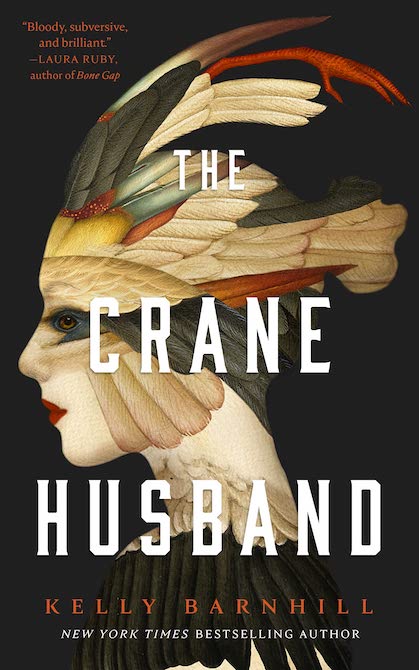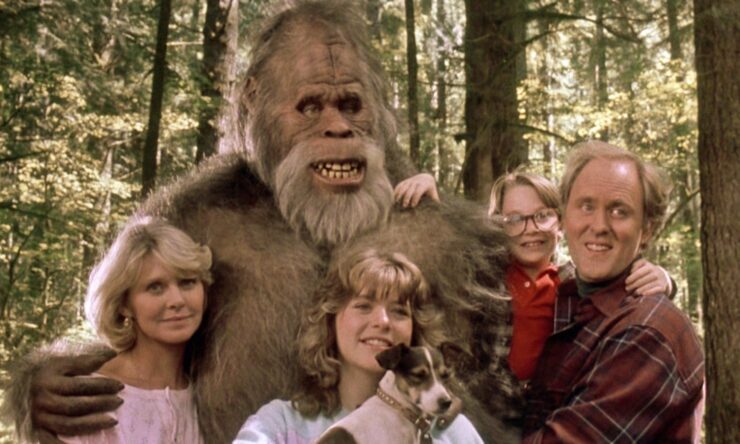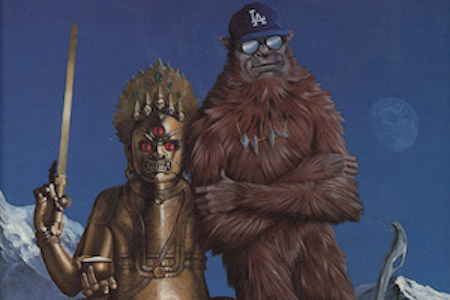Werewolf lore can be heavily weighted toward the male side of the gender spectrum. It’s the Wolf Man, not the Wolf Woman. The classic films feature male protagonists. The women in their lives may play a role in mitigating or even breaking the curse, but the curse itself is the province of men. There’s even a book series, and a television series based on it, that makes this a major plot point: in Kelley Armstrong’s Bitten, only one woman has ever survived the trauma of becoming a werewolf after being bitten by one.
Modern urban fantasy tends toward the feminist, with a plethora of strong female protagonists. Not a few of these are werewolves—Carrie Vaughn’s Kitty the Werewolf, whom I’ve talked about before. Kitty is young and attractive, and to a large extent her story is about how she grows up and overcomes the trauma that made her a werewolf.
Catherine Lundoff’s two werewolf novels, Silver Moon and Blood Moon, go off in a different direction. Her protagonist, Becca Thornton, is recently divorced, has just turned fifty, and has entered menopause, complete with hot flashes, personality changes—and transformation into a wolf.
Becca lives in Wolf’s Point, a small rural town with a centuries-old secret. Since long before white settlers arrived, the area has been protected by its female elders, women in menopause and beyond, who become wolves when the moon is full. They run in a Pack, led by an Alpha. No woman of the town knows for sure whether she’ll be called. The calling runs in families, but outsiders like Becca can be brought into the Pack, too, with or without their consent.
Becca has no idea about any of this until it happens to her. She’s shocked and horrified, so much so that she runs away after the first full moon, hoping that once she’s away from Wolf’s Point, she’ll be safe from the change. On the next full moon, she realizes that she’s been wrong—and she kills a man. He’s an evil man and he’s abducted a child, but still. In her wolf form, she’s taken a life.
Nor is this the only dilemma Becca has to face. She’s always assumed that she’s a normal, rather drab heterosexual female. But she’s having feelings for Erin, one of her neighbors and also, as it happens, a member of the Pack. The harder she tries to fight them, they stronger they become.
She spends most of Silver Moon struggling with both her inner (and outer) wolf and her newly revealed (or transformed) sexuality. In Blood Moon, she starts to come to terms with both. In a very real way, she comes into her own as a person.
It’s rare in fantasy to see a middle-aged female protagonist. Mostly it’s young people discovering their powers, and elderly, usually male magic users guiding or teaching them. Women in the middle, women who aren’t either nubile young things or repositories of ancient wisdom, are generally invisible. They certainly don’t tell the tales, and they don’t have adventures.
Buy the Book


The Crane Husband
Becca is very human and very fallible. She’s not thin, she doesn’t advertise herself as pretty and she isn’t presented as such. She works in a hardware store; she lives in the house she co-owns with her ex, which is not in the best condition. She’s not athletic at all, though once she becomes a werewolf, she gains certain advantages, including fast healing, increased physical strength and fitness, and reduced aches and pains. She won’t stop ageing, but she does age more gently.
It’s not a bad bargain, once she decides to accept it. It comes with heavy responsibilities and no little danger, but it also makes her a part of something much larger than herself. She gains a full circle of friends and allies and yes, a lover, both active wolves and retirees who no longer undergo the change.
Silver Moon, published in 2011, focuses on those assigned female at birth, but its sexuality is distinctly queer, with a lesbian love interest and a poly supporting character. Blood Moon, from 2020, adds a transgender character, with a lovely arc that had me cheering her on. It’s interesting to see the very conventional Becca learning how to interact with a person in the process of transitioning between genders. It’s another kind of transformation, as real and in its way as magical as the transformation of human into wolf.
These books are a celebration of what in my grandmother’s day they called “change of life,” when a woman passed out of childbearing age. Its characters live rich and varied lives, some with husbands and kids, others divorced or widowed, or in polyamorous partnerships, or in same-sex relationships. The constant for them all is the Pack and its Circle of retirees. None of them has to face life alone.
It’s not all sweetness and light. They have enemies, including one of their own, who is most bitter and most dangerous of all. But they support one another. They share knowledge and experience. They’re a community, guarding and protecting the larger one, which may or may not be aware of them.
There are some mysteries that persist past the end of the second book, some questions that haven’t been answered. How and why Becca’s powers seem to be stronger than others’, for example; that’s never really addressed, or explained. Each book manages to stand on its own, and there’s closure at the end of each, but there’s room for more stories. I hope there will be.
Judith Tarr is a lifelong horse person. She supports her habit by writing works of fantasy and science fiction as well as historical novels, many of which have been published as ebooks. She’s written a primer for writers who want to write about horses: Writing Horses: The Fine Art of Getting It Right. She lives near Tucson, Arizona with a herd of Lipizzans, a clowder of cats, and a blue-eyed dog.














